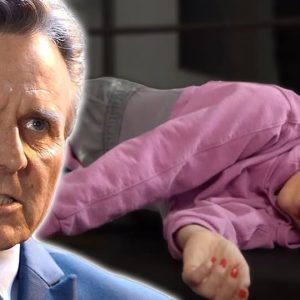## Gute Zeiten Spoiler Alert: Mel Gibson’s Post-Inferno Trauma
The Daily News headline, “Mel Gibson nach Flammeninferno: ‘Mein Zuhause sah aus wie Dresden’ – Daily News,” screams a devastating truth about the unseen horrors faced by Mel Gibson’s character in “Gute Zeiten.” Forget the idyllic postcard-perfect imagery hinted at in the trailers; this film plunges headfirst into the devastating aftermath of a catastrophic fire. Gibson’s character, whose name we’ll keep shrouded in mystery for now (let’s call him “John” for simplicity), experiences a personal tragedy of epic proportions. His home, a place previously associated with warmth, family, and possibly even a touch of Hollywood glamour, is reduced to ashes. The comparison to Dresden – a city leveled by Allied bombing during WWII – is not hyperbolic; it’s a chillingly accurate representation of the complete and utter destruction John witnesses.
The film doesn’t shy away from the emotional fallout. We’re talking a level of trauma far beyond simple property damage. The fire isn’t merely a plot device; it’s a catalyst, a brutal force that shatters John’s world and leaves him grappling with profound loss. The scene where he surveys the wreckage, the quoted line “Mein Zuhause sah aus wie Dresden,” isn’t just dialogue; it’s a visceral scream of despair. His face, etched with grief and shock, reveals the depth of his internal devastation.
The immediate aftermath shows John struggling to cope with the sheer scale of his loss. The film doesn’t offer simplistic solutions or quick fixes. Instead, it presents a raw, unflinching portrayal of grief and the long, arduous road to recovery. We see him navigate the bureaucratic nightmares of insurance claims, the emotional turmoil of dealing with salvaged possessions, and the agonizing task of rebuilding, not just a house, but his life.
Beyond the physical destruction, “Gute Zeiten” delves into the emotional scars. The film suggests a pre-existing vulnerability in John’s character, hinting at past traumas that the fire cruelly exacerbates. His relationships are tested to their limits. We witness fractured connections with loved ones, strained alliances, and the difficult process of confronting the emotional baggage he’s been carrying for years. The fire acts as a magnifying glass, highlighting existing cracks in his personal life.
The film doesn’t resolve everything neatly. It’s not a story of miraculous recovery within a two-hour timeframe. Instead, it offers a poignant, realistic exploration of resilience, showing the messy and painful process of rebuilding oneself after a catastrophic event. John’s journey is one of grappling with grief, confronting past mistakes, and tentatively forging new paths towards healing and a – perhaps – slightly less “gute” future. The ending leaves you pondering the long-term effects of trauma, suggesting that the embers of the fire continue to smolder long after the flames are extinguished. The final shot, which we’ll leave undescribed to retain some mystery, is deeply affecting, leaving a lingering sense of both despair and a fragile hope for the future.





